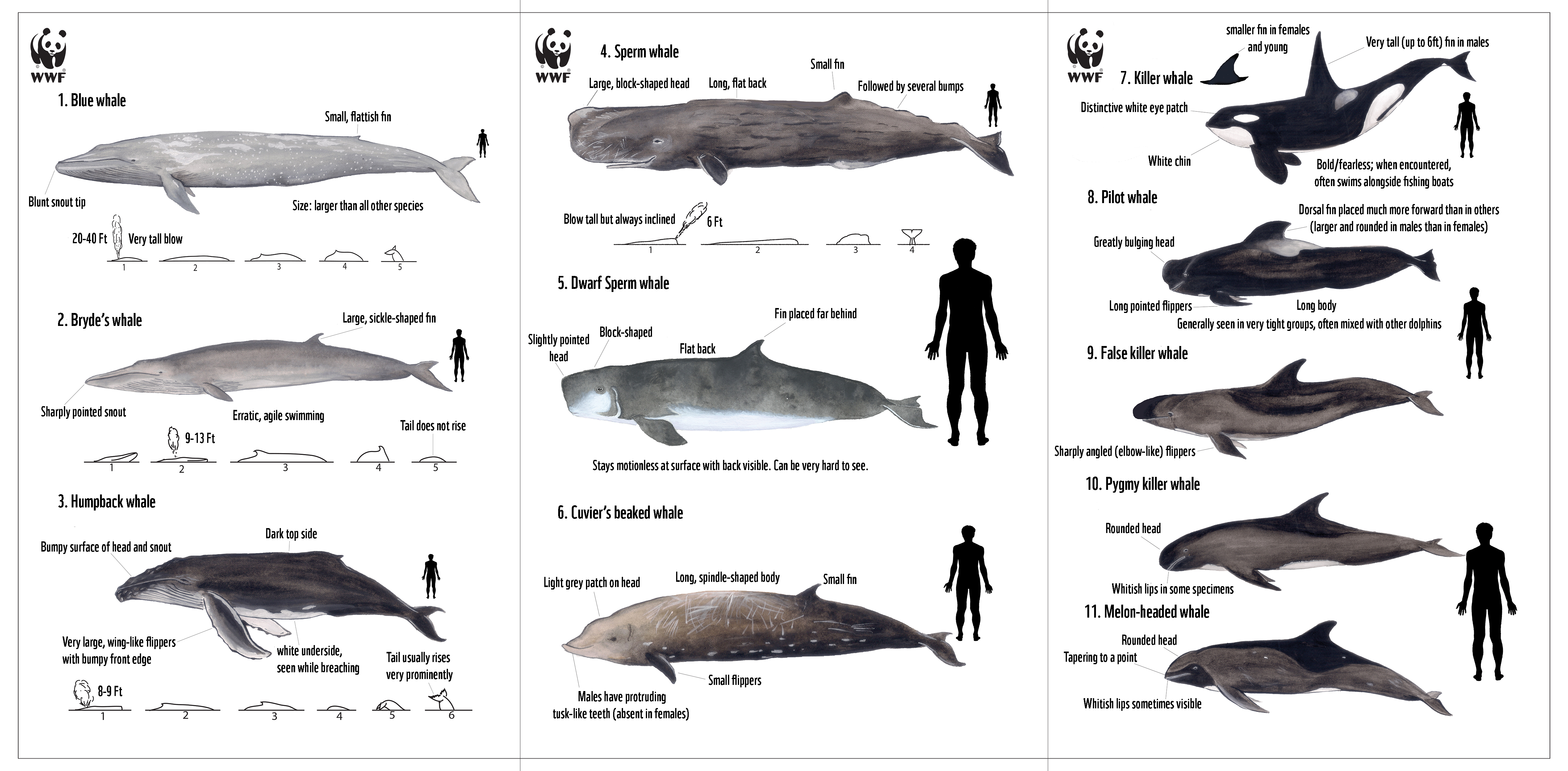A long term sustainable approach towards conservation of cetaceans along the Indian coastline
While a vast variety of life lives and thrives underwater, whales, dolphins and porpoises have become a major conservation and research priority the world over, with growing global knowledge of their lives and the threats they face. However, many parts of the world remain a major knowledge gap in this respect, and this includes India. And for a country that has at least 2.2 million square kilometres of sea, barely any of which has been looked at through the conservation lens, this gap is by no means an easy one to fill.

A WWF-India project seeks to fill in some of these blanks off the west coast of India with a simple yet useful approach. It is not easy for researchers to explore vast expanses of sea here, but that doesn’t mean there aren’t any people who do. India has a huge number of fishers who operate in offshore waters, far beyond the reach of biologists. And this project seeks the help of those fishers as our eyes on the water. It also tries to explore their historical knowledge of marine mammals – some of which spans decades, including changes in the interface between fisheries and these animals. Fishery bycatch is itself considered a major threat to marine mammals, and we know precious little about it in India to come up with practical solutions that work for both the fishery and the animals.

As a first step to addressing these gaps, select fishing ports in Maharashtra, Goa and Karnataka are being targeted for gathering marine mammal information directly from seafaring fishermen.This is being done with the full support and cooperation of the fishermen themselves. In Mumbai, for example, one fishers’ society we have been working with has very enthusiastically taken up the task of recording cetacean (dolphins, whales and porpoises) encounter data at sea (including sightings and fishery interactions, such as bycatch). We brought marine wildlife artists on board to prepare identification charts in Marathi for these fishers, featuring likely species in the region, simple ways to identify them, and some basic essential data to be collected when a sighting or interaction incident happens. This group of fishery operators, headed by Ganesh Nakhawa (who is from the fishing community himself), recently addressed a gathering where they spoke about the project, launched these charts, and have also taken on the work of disseminating the charts and maintaining records of the cetaceans they often encounter. We are working on ground in Mumbai in partnership with zoology students from St. Xavier’s College, the Marine Life of Mumbai collective, which plays a crucial role in liaising with fishing communities in Mumbai, and with several others who have keenly supported the project with their suggestions and advice. Similarly, the charts have also been translated into Kannada, for use in places like Karwar – where students and faculty from the Karnatak University Department of Marine Biology are helping us implement the project. Within Goa, parallel work will happen directly through the WWF-India Goa Office, which is part of the Marine Programme.
Bit by bit, we hope to expand on this initiative to cover an even wider area, bringing baseline knowledge about cetacean diversity, distributions and fishery interactions into clearer view, hopefully paving the way for in-depth conservation-focussed research and solutions.
Abhishek Jamalabad, currently based in Goa, working as a programme officer and Cetacean Conservation Project Lead for the WWF-India marine programme. For further details: Contact email: ajamalabad@wwfindia.net

